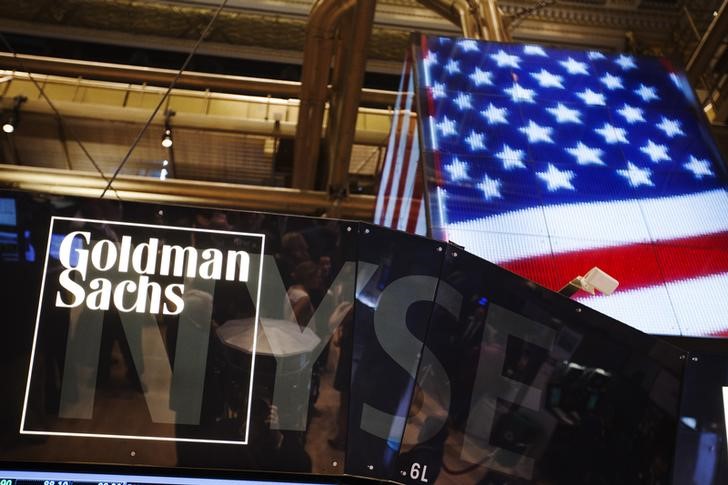LONDON (Reuters) - Political risk is the biggest concern this year for insurers globally, following several shock outcomes in 2016, a survey of insurers managing $10 trillion in assets showed on Thursday.
Political events have overtaken issues such as worries about an economic slowdown in the United States or China to become the top macro-economic risk for 2017, according to the survey by Goldman Sachs (NYSE:GS) Asset Management (GSAM) of more than 300 insurers, which together manage about 40 percent of global insurance assets.
"Political risk has risen to the top of the concerns of all insurers," Etienne Comon, GSAM's EMEA (Europe, Middle East and Africa) head of insurance asset management, told a media briefing.
"That's true globally and even more true in Europe."
Britain's vote to leave the European Union and the election of Donald Trump as U.S. President were both unexpected political events last year which have increased worries about protectionism and the reliability of trade deals.
Insurers this year are particularly fretting over European elections such as France's presidential vote, where favorite Emmanuel Macron is facing a run-off with anti-globalization candidate Marine Le Pen next month.
Elections later this year in Germany and a possible early Italian vote are also a concern, Comon said.
Increasing volatility in some European government bond markets last year as a result of political upsets and uncertainty encouraged insurers to shift allocations toward safe-haven bonds in Northern Europe, he added.
Insurers expect the biggest returns in 2017 to come from private equity, the fourth straight year they have called this asset class the highest-yielding bet.
U.S. equities and emerging market equities are also expected to produce strong returns, the survey showed.
However, concern over the capital costs of investing in some riskier asset classes mean those return expectations may not turn into more investment, Comon said.
Insurers said they were most likely to increase asset allocation to corporate loans to mid-market firms, followed by infrastructure debt, and then private equity.
